

|
|
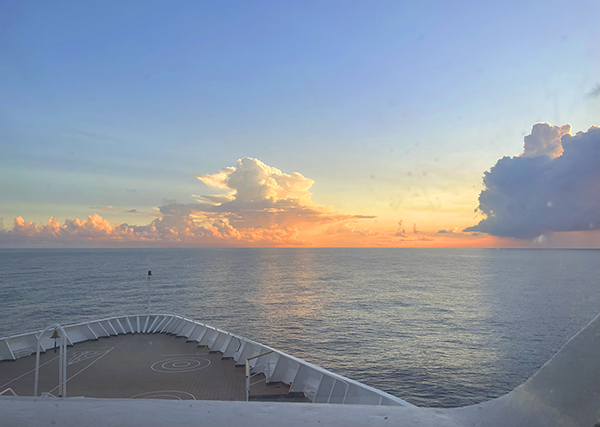 |
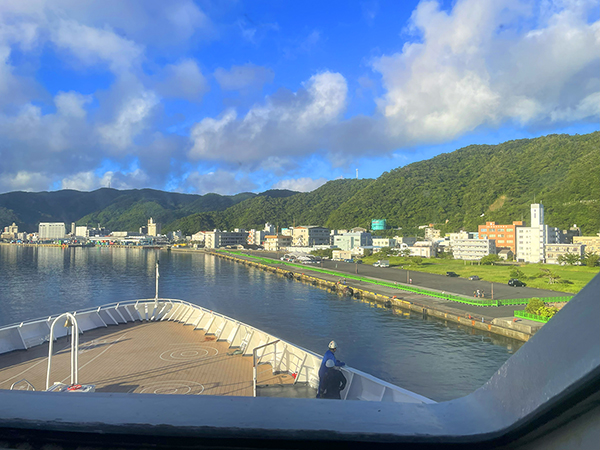 |
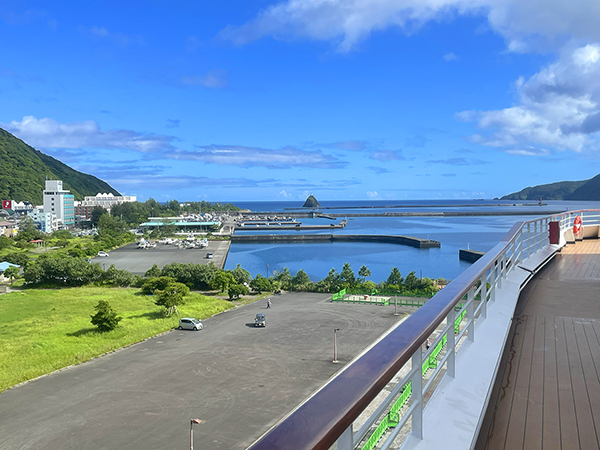 |
 |
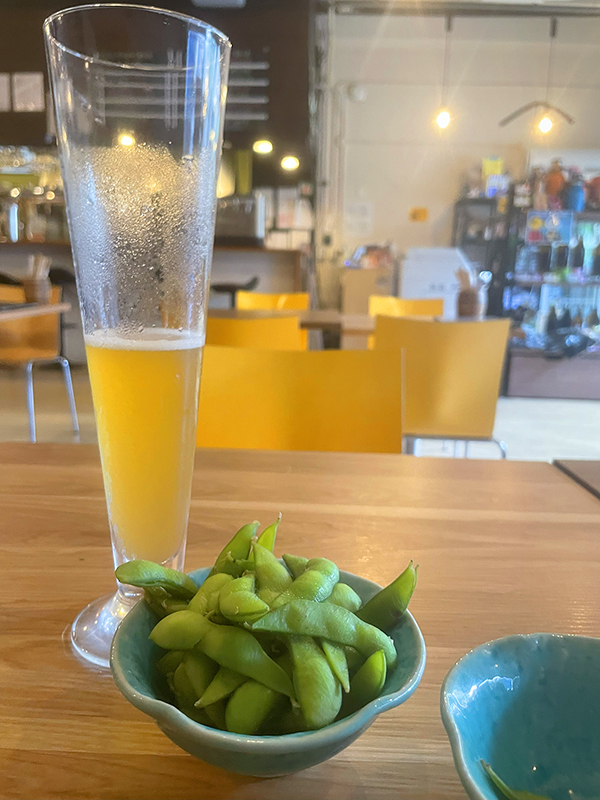 |
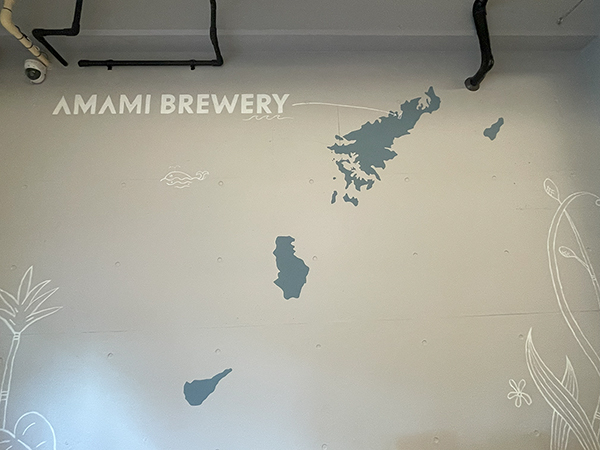 |
|
September 7-8, 2025 Marti Eicholz The Odyssey is a day at sea sailing from Hososhima to Amami across the East China Sea, giving opportunities to experience the sky change from dusk to a canopy of stars, illuminating the darkness, the gentle rocking of the ship, the changing scenery from the deck, including the diminishing land and the expanse of the open ocean, a peaceful journey, providing time to rest and enjoy the tranquility of being on the water, between the islands, before arriving at Amami Oshima’s Naze Port at dawn. Amamigunto National Park is in Japan's southern Kagoshima Prefecture and comprises the Amami Islands, a cluster of eight islands known for their rich subtropical evergreen broadleaf forests, low, flat islands of coral origin, such as Yoronjima, diverse ecosystems, and endemic wildlife, including the Amami rabbit, Amami spiny rat, and various species of birds and amphibians. Established in 2017, it features unique landscapes like coral reefs, offering opportunities for snorkeling, diving, and observing abundant marine life, mangrove forests, and tidal flats, alongside cultural experiences that highlight the historic connection between the local people and nature. Amami Oshima, the largest island in the Amami archipelago, is a mountainous, with the highest peak, Mt. Yuwandake, heavily forested (over 85% covered by dense forests, subtropical rainforests and mangrove forests), rugged terrain with deep valleys and numerous rivers. Amami experiences a humid subtropical climate characterized by hot, rainy summers, mild winters, vulnerable to typhoons, and abundant rainfall year-round, contributing to its lush vegetation and numerous river systems. Amami is a subtropical island, renowned for its UNESCO World Natural Heritage site status, stunning biodiversity including rare endemic species like the Amami rabbit, a wild animal, designated as a rare endangered species, referred to as a “living fossil,” existing for about three million years, making it the oldest and the Lidth’s jay, an exquisitely plumaged songbird with dark blue head, ivory-white bill, and rusty red body. The warm emerald-green waters surrounding the island are crystal clear, boasting brilliant colorful coral reefs and a rich variety of tropical fish, making it a vibrant underwater paradise for diving, snorkeling, and kayaking/canoeing through mangrove forests, the famous Kuroshio no Mori Mangrove Park. The island is also known for its traditional Oshima tsumuai, a high-quality silk fabric produced using unique mud-dyeing weaving techniques and nature-inspired designs that have been passed down for centuries (about 1,300 years). Discover the intricate art of traditional Oshima Tsumugi silk fabric at the Oshima Tsumugi Museum. Delve into the local culture by experiencing traditional music and crafts, visiting the Tanaka Isson Memorial Art Museum, to see the extensive works of this artist, who captured the colorful life and nature of Amami, or trying regional dishes like the local specialty, a savory chicken rice bowl dating back to the Edo Period, featuring strips of chicken, shiitake mushrooms, ginger, omelet, and green onion in a chicken broth. Visit a Rento Shochu factory for a tasting of this popular Japanese spirit. In Amami, Japan, "shochu" refers specifically to kokuto-shochu, a unique, regional distilled liquor made from sugarcane, rice koji (malt), and brown sugar. Production is geographically restricted to the five islands of the Amami archipelago. The liquor has a distinct gentle aroma of brown sugar and a rich, complex flavor derived from the malted rice. Despite its ingredients, kokuto-shochu itself contains no sugar and is considered healthier, causing fewer hangover symptoms than other liquors. Other regions in Japan produce shochu from different ingredients like sweet potatoes or rice, kokuto-shochu is distinct due to its reliance on brown sugar as its primary flavor component. Authentic and a protected regional product. Other activities include relaxing at beautiful white sand beaches with clear waters like Tomori and Ohama, viewing the iconic Heart Rock (Hato Rokku), natural heart-shaped rocks and beaches formed by rough waves, visiting the Kasarizaki Lighthouse for scenic coastal views, or discovering marine life and traditional fishing at the Amami Seaside Museum. Unlike Japan's busy cities, Amami offers a rare silence, not empty but alive with the sounds of nature. Dense green forests, white sandy beaches, and crystal-clear, warm waters provide a truly idyllic and relaxing environment. You feel a profound connection to nature with its endemic wildlife, vibrant coral reefs teeming with fish, sea turtles, and even graceful rays. Seeing the lunar eclipse last night (between 2-4 AM) was neat because the full moon transformed into a deep, red "Blood Moon" as Earth's shadow passed over it, creating a captivating, rare spectacle. Lunar eclipses are visible to many people across the globe at the same time, making it an worldwide event we aboard the Odyssey shared. My shipmates experienced a profound sense of awe at the vastness of our solar system, with some feeling completely absorbed by the slow, mesmerizing movement of the eclipse, finding it hard to look away like a hypnotic pull to watch the celestial display unfold. Some described an intense emotional response, feeling a deep connection to the universe or a sense of gratitude and joy. Others felt a surge of intense energy, connecting the celestial event to personal growth and the release of old patterns. All were grateful, appreciating the opportunity to witness such a special and rare event. An “unforgettable show” in the sky. The Odyssey departs Amami, Japan, an island reflecting a reverence for the natural world and a cultural emphasis on an unhurried life attuned to the land and sea. Living life on the Odyssey is having time to sit, breathe and watch the world drift by. |
|
Copyright © 2025 All rights reserved |